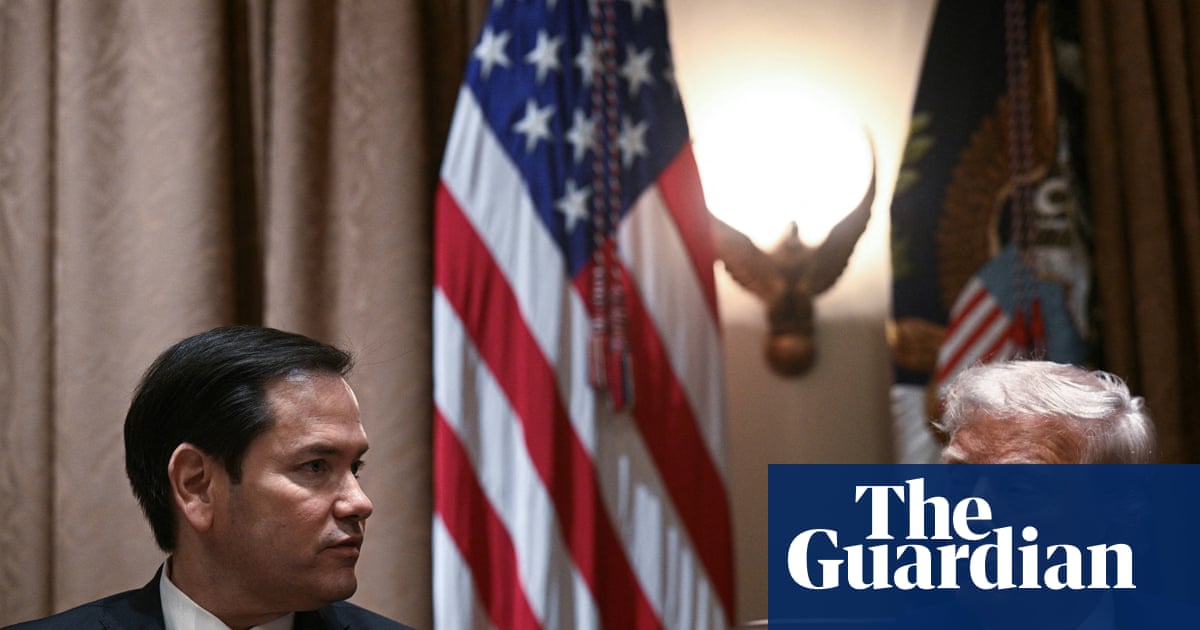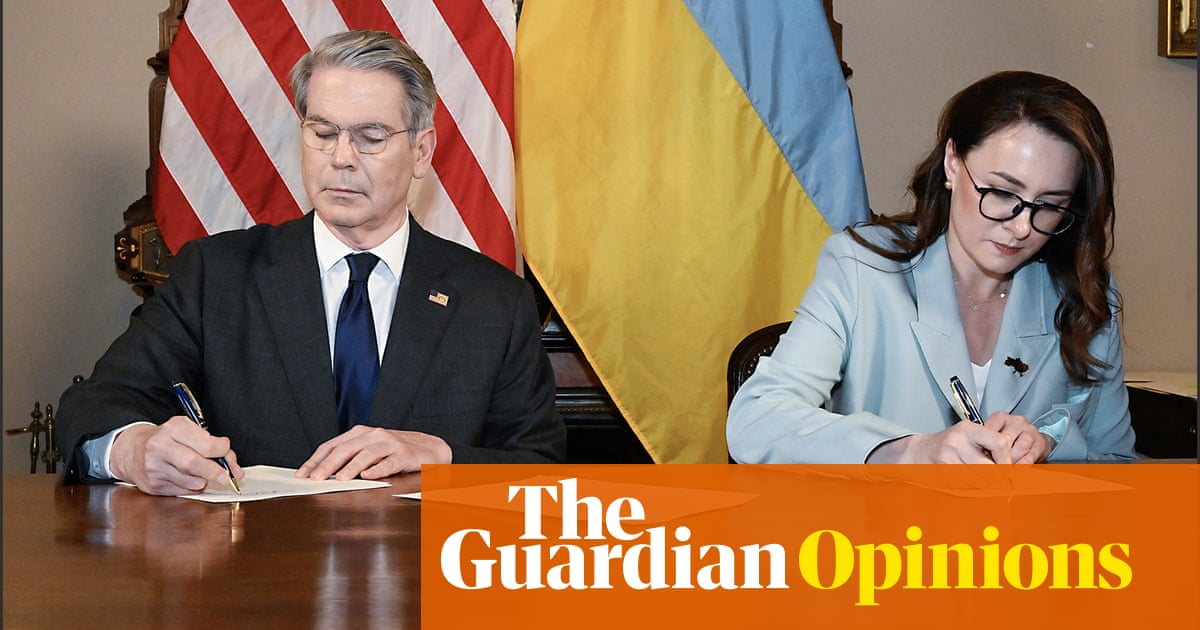Controversies over statues of cultural figureheads have churned in the news in recent years. The repatriation of a fictional 12th-century statue of a Chinese deity, carved in stone, forms the central dispute in Singaporean Joel Tan’s play.
The Bodhisattva Guanyin reclines in the “royal ease” pose at one end of a traverse stage, designed by TK Hay, with a combination of screens and mirrors. The drama is formed of 12 distinct scenes, loosely connected around the statue. It begins choppily inside the British Museum with patronising or incendiary debate by protesters and curators, sometimes set beside flashes of 19th-century imperial history. The tone switches from serious-minded to satirical to gnomic.
But its disparate parts coalesce and gather intellectual complexity as well as dramatic intensity, all enacted with zest by a six-strong cast: Kaja Chan, Aidan Cheng, Jon Chew, Fiona Hampton, Robin Khor Yong Kuan and Sky Yang. There is playful yet disciplined direction by experimentalists emma + pj, with actors using the auditorium in original yet unmessy ways.
We travel from protests in London, inside and outside the museum, to a Chinese detention centre, Shanghai Pudong airport and a splashy Beijing party thrown by the industrialist who secures the return of the statue.

An overseas Chinese student protester confronting his British tutor opens up ideas on identity, covert racism and art – a statue can be in exile like a refugee, says the student. A Chinese official interrogating a cartoonist offers new dimensions to cultural appropriation and artistic protest. The Beijing party brings troubling patriotism and anti-western contempt that intersects with shocking misogyny. These scenes are relatively brief but contain real depth of thought. Neither are they bluntly polemical but wrapped within character and incident.
“All of human history is basically people taking things from each other,” someone says. It does not seem to be an argument for leaving, for example, the Parthenon marbles in the British Museum, but the play cleverly muddies the idea of provenance and ownership. A character states that the Bodhisattva Guanyin is not even a Chinese figure but is in fact Indian.
The play’s various scenarios complicate the debate and lay bare the politics of repatriation. The Chinese magnate who virtually bribes the museum into returning the statue places it in Shanghai’s airport so that the deity is turned into a symbol of power – and the rise and fall of empires.
The Bodhisattva herself presides over all of it, watching over centuries of history, but the statue remains wrapped throughout. This obfuscation is puzzling – yet another one of the play’s interesting ideas. This is innovative theatre, shining with intelligence, which brings richness to our cultural tussle with the problem of ancient statues and their rightful place in the world.

 5 hours ago
6
5 hours ago
6













































